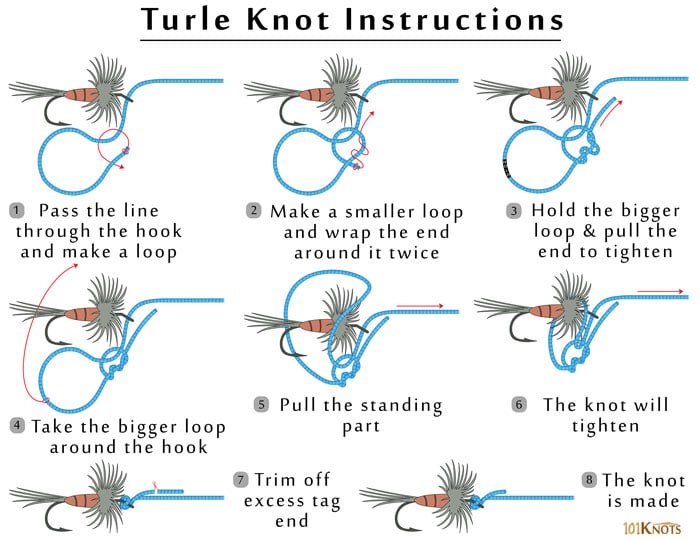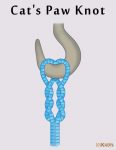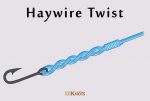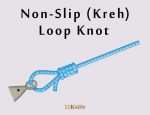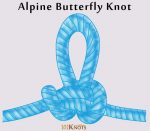Home / Fishing Knots / Turle Knot
Turle Knot
Named after Major William Greer Turle, a 19th-century English angler who didn’t claim to have invented it but popularized the knot, the Turle knot is widely known for connecting a fly or hook to a leader. It can be used with the turned up or turned down the eye of a hook. This version of tying the knot is also referred to as the improved Turle knot. The specialty of the knot is that the line emerges perpendicular to the hook shaft.
How to Tie a Turle Knot
Tips
- If you want you can tuck the tag end through the bigger loop before doing step 5 though the step is optional.
- Note that a type of adjustable slip knot is made in step 3.
Variation
- Double Turle knot – The bigger first loop is made with a double line instead of a single one.
Advantages | Disadvantages |
|
|
Uses
- Fly fishing
- By steelhead and salmon anglers.
Video
How to Tie a Turle Knot Step by Step
- Pass the line through the hook and make a loop
- Make a smaller loop and wrap the end around it twice
- Hold the bigger loop and pull the end to tighten
- Take the bigger loop around the hook
- Pull the standing part
- The knot will tighten
- Trim off excess tag end
- The knot is made


